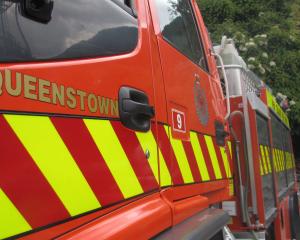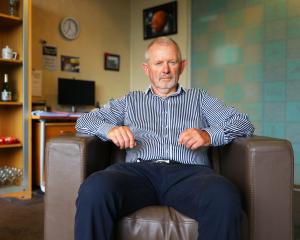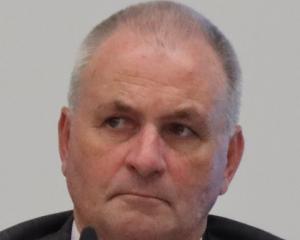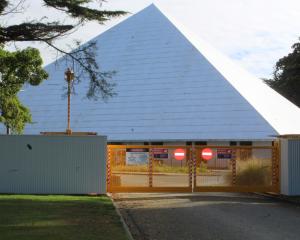
Based on birth figures from Statistics New Zealand, the ministry predicts the number of 3 to 4 year-olds will decline in the Waitaki (-0.4%), Dunedin (-2%), Southland (-2.7%), Clutha (-5%) and Gore (-8.8%) territorial authorities between June this year and 2011, which has many educators concerned about the impact on school rolls.
The drops contrast with a predicted nationwide rise of 9.4% in the number of pre-schoolers.
New Zealand Principals Federation president and Balclutha School principal Paddy Ford said Otago and Southland schools needed to take heed of the figures.
"They might need to look at amalgamation. It doesn't go down well with schools to say this, but we do have to look at ways of providing the best education we can deliver."
Ultimately, the decision on amalgamations rests on the shoulders of boards of trustees and the school community.
New Zealand School Trustees Association Otago Branch chairwoman Riria Tautau-Grant said the Government-imposed school closures in 2003-04 had caused falling-outs among schools and families, and many schools now feared discussing low rolls.
"I think [the schools review] has slowed down people's willingness to come to the table and discuss the best way forward for schools in their area. I think that schools need to explore opportunities - amalgamation is only one of those options.
"I would encourage boards to talk to each other about how we can support each other and how we can share resources. When rolls go down, the Government takes some of these things away."
Mrs Tautau-Grant said boards of trustees had a "wake-up call" in 2003 when the Government closed many schools in Otago.
Despite the tensions between schools at the time, most now said it was a positive move, she said.
Some schools with significantly declining rolls would lose teachers, but Mr Ford believes this could have positive spinoffs.
"We've got a teacher shortage in New Zealand at the moment. It might help with that."
It would also help schools reach the ministry's teacher-pupil ratio of 1:15, to be implemented next February.
Mrs Tautau-Grant said the decline was not a surprise.
It had been predicted about six years ago and was expected to continue for the foreseeable future.
However, she was surprised at the degree of difference between the huge increases forecast for the Queenstown Lakes (29.7%), Central Otago (14.2%) and Invercargill (11.4%) areas, compared with the significant -8.8% decline forecast for the Gore area.
To accommodate the baby boom in the Lakes and Central Otago areas, 13 new classrooms would be needed by 2013.
A Ministry of Education spokesman said projects were under way to cope with the increasing rolls.










